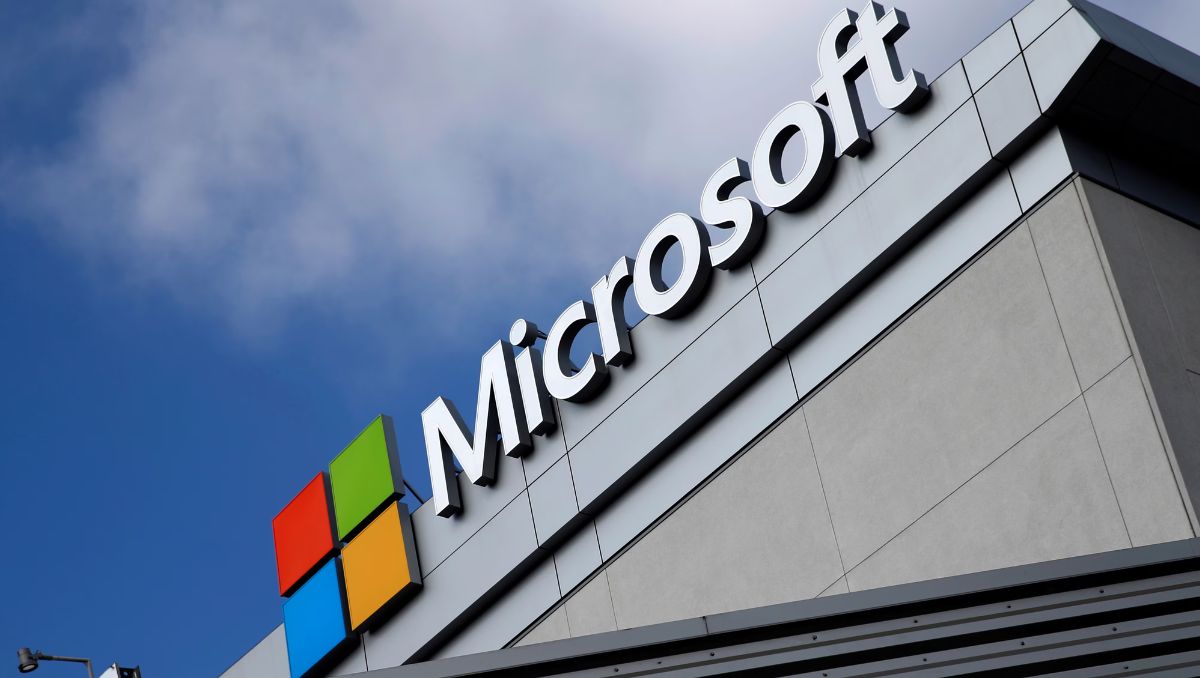TikTok Introduces AI-Generated Image Labeling
LATEST news
-
Microsoft & Nvidia Announce Up to $15 Billion Investment in AnthropicNews
-
AI Innovation Helps Couple Conceive After 19-Year StruggleNews
-
Tesla Launches Cheaper Model Y and Model 3 to Boost SalesNews
-
Google Merger of Android and ChromeOS Confirmed — Qualcomm CEO Confirms He's Experienced It in OperationNews
-
Microsoft Unveils In-House AI Models to Challenge OpenAINews
TikTok, the popular social media platform, has announced its adoption of AI-generated image labeling technology to enhance user experience and content moderation. This move aims to efficiently categorize and moderate the vast amount of content uploaded daily, including videos and images. While TikTok asserts that this technology will improve content filtering and recommendation algorithms, concerns over privacy and data usage have emerged.
Powered by OpenAI’s cutting-edge algorithms, the system analyzes images to identify and label objects, scenes, and activities depicted. This automated process is expected to streamline content moderation and ensure compliance with community guidelines. However, some users and privacy advocates worry about the potential implications for data privacy and algorithmic biases.
Critics fear that the AI’s capability to analyze user-generated content could lead to increased surveillance and data exploitation. Furthermore, there are concerns about the accuracy and fairness of the AI’s labeling process, which could inadvertently censor or misinterpret certain content.
TikTok has responded to these concerns by emphasizing its commitment to user privacy and transparency. The company states that the AI-generated labels will only be used to improve content recommendation and moderation processes, without compromising user privacy.
Despite reassurances from TikTok, the implementation of AI-generated image labeling raises broader questions about the balance between content moderation, user privacy, and algorithmic transparency in social media platforms. As technology continues to evolve, it remains crucial for companies to address these concerns and prioritize user trust and data protection.






